1. Overly Customized Paint Colors
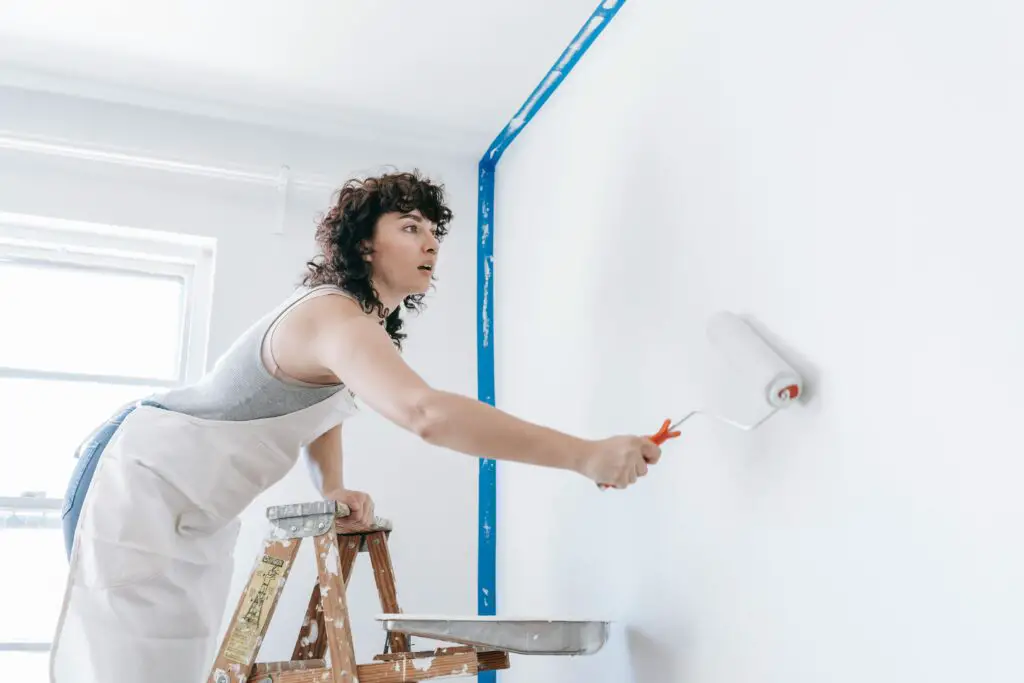
Painting your walls in bold, trendy, or highly personalized colors might reflect your personality, but it can turn off potential buyers. Bright reds, deep purples, or neon hues can make rooms feel smaller or overwhelming, making it harder for buyers to envision themselves in the space. While it’s a straightforward project to repaint, many buyers see it as an added expense they’d rather avoid.
According to Better Homes & Gardens, neutral colors like beige, gray, or soft whites are more universally appealing and can help sell a home faster. If you’ve painted your home in bold or unconventional colors, consider repainting with neutral tones before putting it on the market. This simple change can make your home feel brighter, larger, and more inviting.
2. Removing Closets

Transforming a closet into extra space, such as a small office or reading nook, might seem like a clever idea, but it can hurt your home’s resale value. Storage space is one of the most important features for buyers, and removing closets—even in smaller bedrooms—can make your home less appealing. Without adequate storage, potential buyers may feel the home lacks functionality.
As noted by Realtor.com, maintaining at least one closet in every bedroom is essential for resale value. If you’ve removed closets, consider adding them back or creating alternative storage solutions that don’t compromise a room’s usability. Prioritizing storage is a key factor in keeping your home appealing to future buyers.
3. DIY Plumbing Work
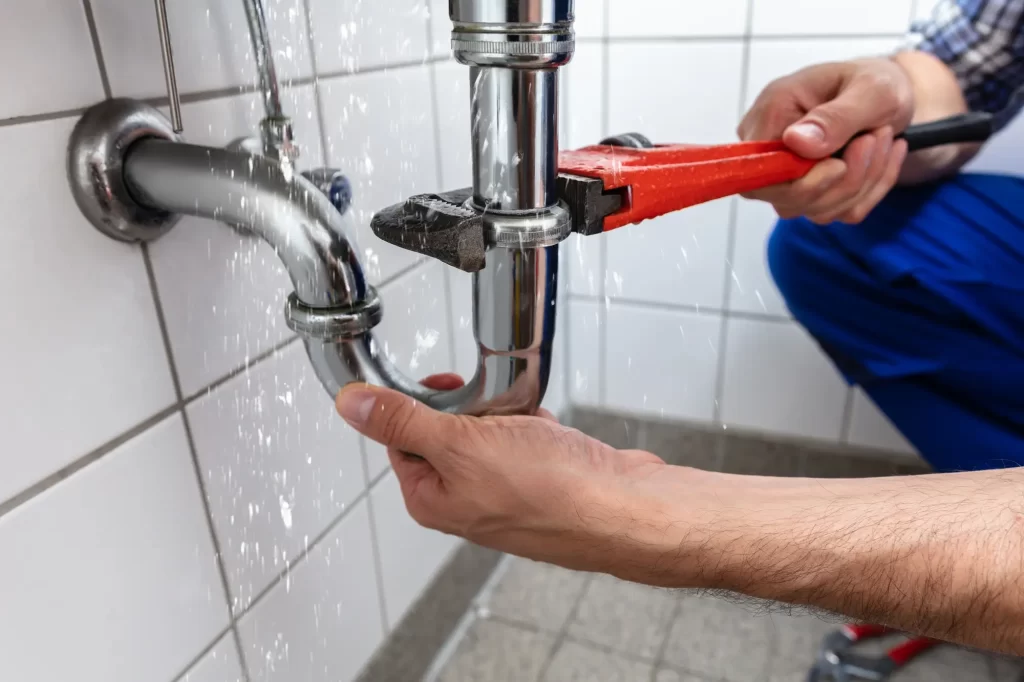
Tackling plumbing projects without professional help might save you money upfront, but poorly executed plumbing can lead to leaks, water damage, and costly repairs. DIY plumbing mistakes, such as improperly installed fixtures or mismatched pipe materials, can also fail to meet building codes, complicating future home inspections or sales.
According to Angi, hiring a licensed plumber for major projects like installing sinks, toilets, or water heaters ensures the work is done correctly and up to code. While minor plumbing tasks like replacing washers or unclogging drains are safe for DIY, leave more complex jobs to the professionals to protect your home’s value.
4. Textured Walls and Ceilings
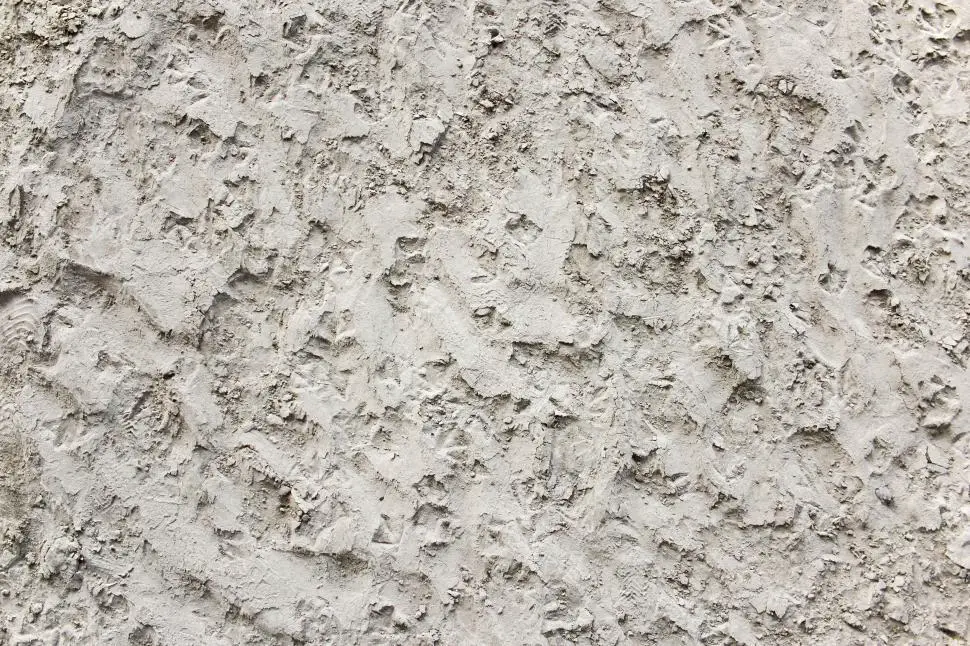
Adding texture to walls or ceilings, such as popcorn or stucco finishes, was once a popular design choice, but it’s now widely considered outdated. These textures are not only difficult to clean and maintain, but they’re also challenging and expensive to remove. Buyers often see textured surfaces as a project they’ll need to fix, which can deter them from making an offer.
As highlighted by The Spruce, flat, smooth walls and ceilings are more desirable in today’s market. If you’re considering a textured finish, opt for a simpler, modern approach like an accent wall with paint or wallpaper. If your home already features textured surfaces, smoothing them out before selling could help attract more buyers.
5. Converting a Garage into Living Space
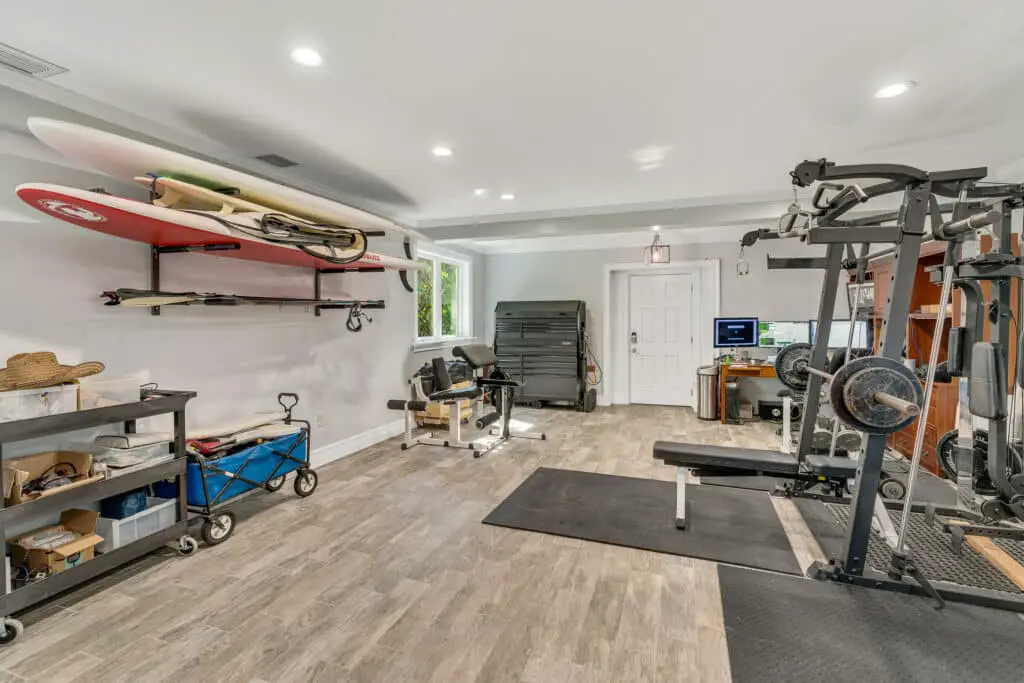
Turning a garage into a gym, guest suite, or home office might seem like a great way to add usable square footage, but it can backfire when it comes to resale value. Many buyers value garages for their intended purpose: parking, storage, and protection from the elements. Losing this space can be a dealbreaker, especially in areas with extreme weather or limited parking.
According to Zillow, garage conversions are less likely to yield a return on investment unless the project is done professionally and aligns with local market preferences. If you’ve already converted your garage, consider making it easy to revert to its original function, which can help maintain your home’s appeal.
6. DIY Electrical Work
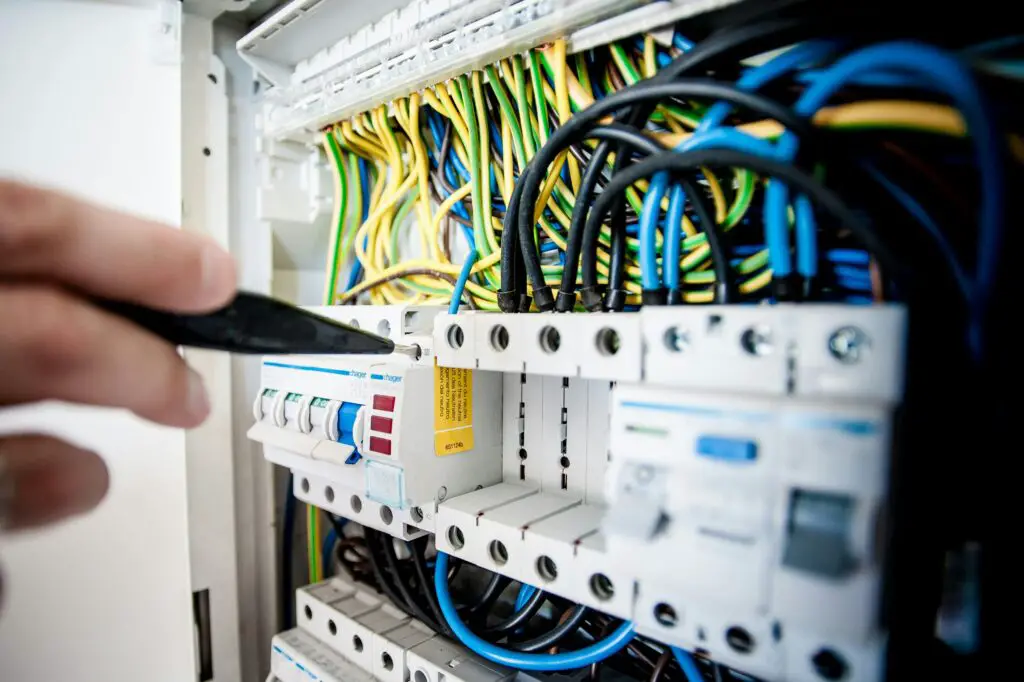
Handling electrical work on your own is not only risky but can also hurt your home’s value. Improperly installed wiring, outlets, or fixtures can lead to electrical fires or fail to meet building codes. When buyers see signs of amateur electrical work, they may hesitate to purchase your home or request costly repairs as part of the sale agreement.
As reported by The National Fire Protection Association (NFPA), electrical issues are one of the leading causes of home fires. To ensure safety and maintain your home’s value, hire a licensed electrician for all but the simplest electrical projects, such as changing light bulbs or installing plug-and-play fixtures.
7. Removing a Bathtub
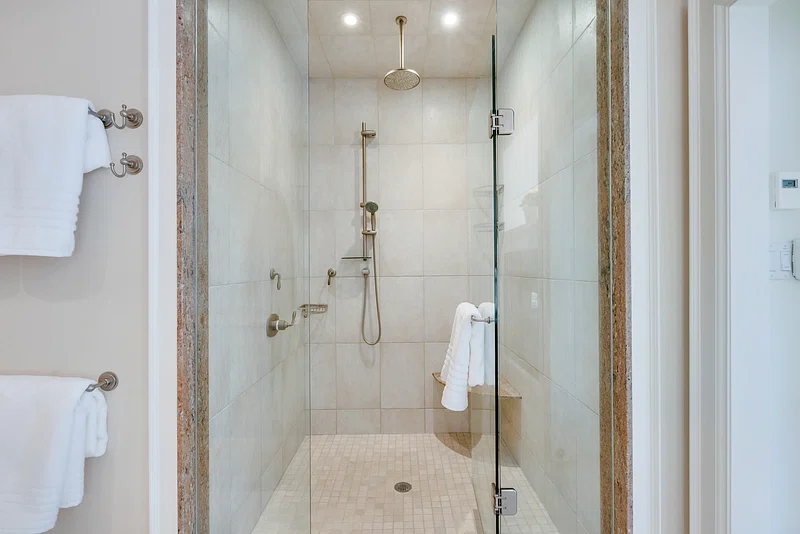
Replacing a bathtub with a walk-in shower can make a bathroom feel modern and luxurious, but removing the only tub in the home can deter potential buyers. Families with young children often prioritize homes with at least one bathtub for bathing purposes. Even if you prefer a shower, many buyers view the lack of a tub as a drawback.
According to House Beautiful, maintaining at least one bathtub in the home is a smart move for resale value. If you’re planning a bathroom remodel, consider keeping the bathtub in place and upgrading the fixtures or surrounding tile to modernize the space without losing this key feature.
8. Installing Trendy Fixtures

Trendy fixtures, such as bold-colored faucets or overly unique light fixtures, can make your home stand out—but not always in a good way. These design choices often go out of style quickly, leaving your home feeling dated when it’s time to sell. Buyers tend to prefer classic, timeless fixtures that won’t require immediate replacement.
As noted by HGTV, opting for fixtures in neutral finishes like brushed nickel, chrome, or matte black can ensure your home appeals to a wider audience. If your home already features trendy or unconventional fixtures, replacing them with more classic options could make a big difference in attracting buyers.
9. Overdoing Landscaping
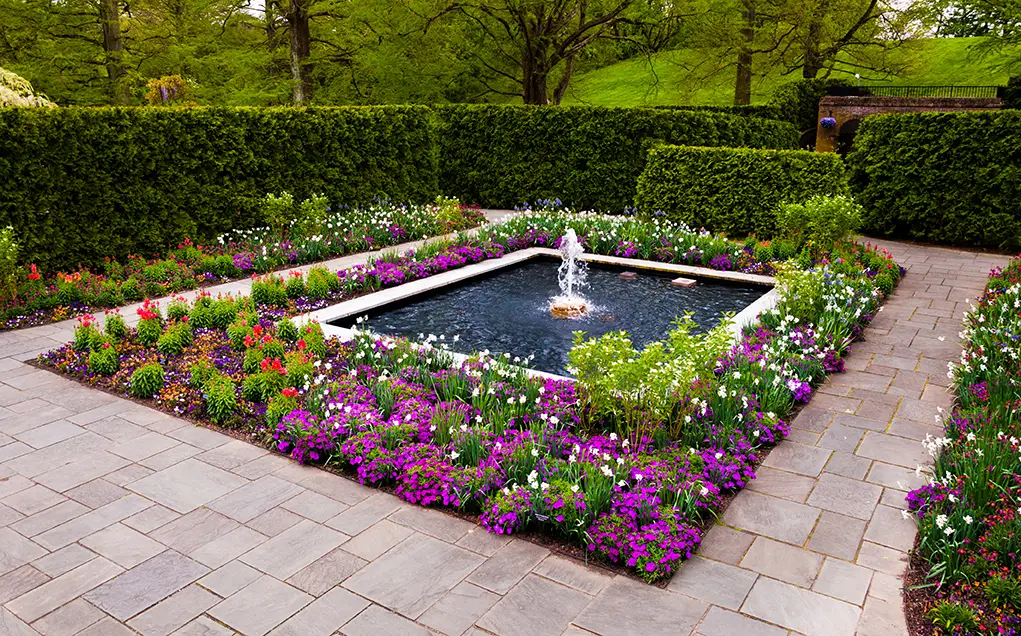
While landscaping can significantly improve curb appeal, overdoing it can have the opposite effect. Excessive plants, large decorative items, or elaborate garden structures can make a yard look cluttered and unmaintained. Buyers might view these features as a maintenance burden or even a deterrent if they have different tastes or needs for outdoor space.
According to The Spruce, a well-maintained, simple landscape with native plants is more likely to attract buyers. While a beautiful garden can increase your home’s value, it’s important to avoid overwhelming your property with too many features. Consider keeping the landscaping neat and simple with a focus on functionality and ease of maintenance.
10. DIY Roofing
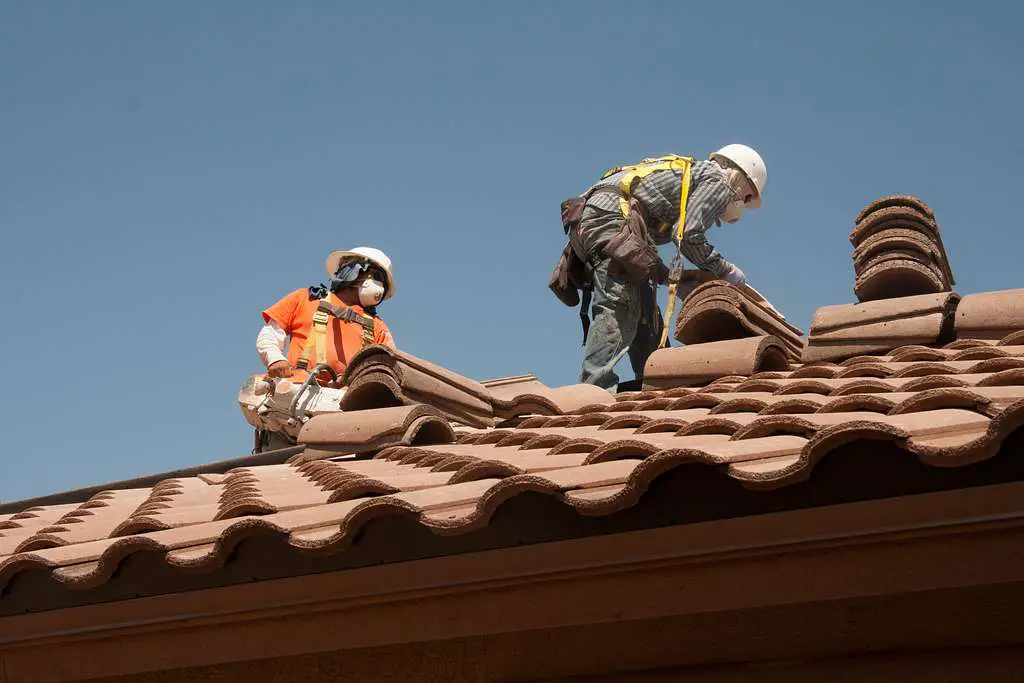
Replacing or repairing a roof is a large and expensive undertaking, and doing it yourself can lead to disastrous results. A poorly installed roof can lead to leaks, water damage, and the need for early replacement. Roofing is a job that requires specialized knowledge and expertise, and attempting to do it yourself can result in costly repairs that will hurt your home’s resale value.
As highlighted by Angi, roofing projects should always be handled by professionals with the proper tools and knowledge to ensure the work meets building codes. If your DIY roofing project didn’t go as planned, hiring a professional to fix it can prevent future damage and increase your home’s market appeal.
11. DIY Wallpapering
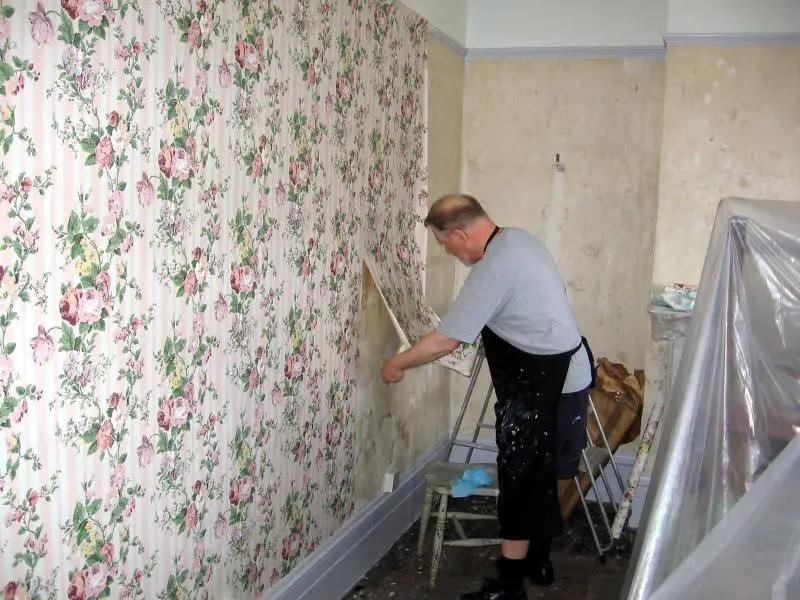
While wallpaper can be a beautiful design choice, poorly applied or outdated wallpaper can be a major turnoff for buyers. DIY wallpapering often results in mismatched seams, air bubbles, or peeling edges that can make a room look unkempt. Even if applied perfectly, bold or highly patterned wallpaper may not suit the taste of most buyers and could cost them time and money to remove.
According to The Spruce, if you’re using wallpaper, it’s important to choose subtle, neutral patterns that can work in a variety of home styles. If you’ve already wallpapered a room in a bold design, consider removing it and repainting with a more neutral, universally appealing color before putting your home on the market.
12. Over-Personalized Décor
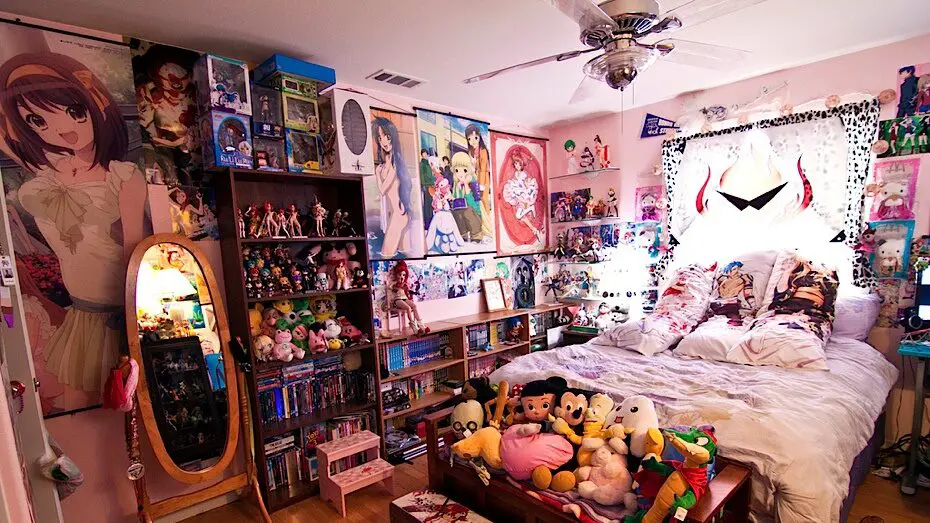
While it’s tempting to fill your home with items that reflect your personal style, over-personalizing décor can make it difficult for buyers to see themselves living in the space. Custom paint jobs, unusual furniture, or heavy thematic décor can overwhelm a room and turn potential buyers away. They may feel the need to remove everything and start over, adding time and expense to their home-buying process.
As noted by Realtor.com, neutral, neutral, neutral is the best rule when preparing your home for sale. Subtle, neutral colors and basic, timeless furnishings create a clean slate that allows buyers to envision their own belongings in the space. Before listing, consider depersonalizing by removing family photos, bold artwork, and eccentric furniture pieces.
13. DIY Flooring
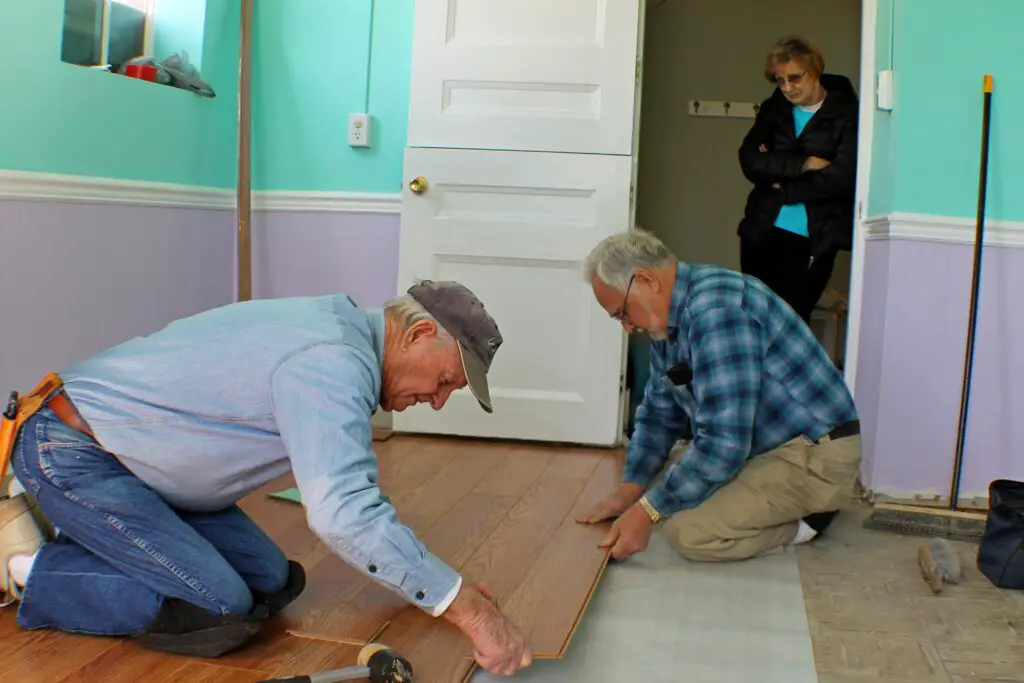
Installing or refinishing your own flooring might seem like a cost-effective project, but if done incorrectly, it can significantly lower your home’s value. Poorly installed hardwood, uneven tile, or mismatched flooring can make a home feel unfinished or cheap. It can also raise concerns for buyers about the quality of work and the potential for future problems.
As highlighted by HouseLogic, professional installation ensures that flooring meets industry standards, creating a long-lasting and attractive surface. If you’ve tackled a flooring project yourself, consider having a professional evaluate it before listing your home. High-quality, well-installed flooring adds value, while DIY mistakes can detract from your home’s appeal.
14. Overly Large Decks or Patios

Adding a large deck or patio can be an excellent way to extend your living space, but an oversized outdoor area can actually hurt your home’s value. Excessive decking that overtakes the yard or doesn’t fit with the home’s scale can make a property feel unbalanced. Additionally, large decks require significant maintenance, which many buyers may be hesitant to take on.
According to The Balance, smaller, well-designed decks or patios are generally more appealing and functional. If your deck is too large or feels out of place, consider scaling it down or redesigning it to better complement the rest of the property. A functional, attractive outdoor space can enhance your home’s value, while an oversized or poorly designed one may do the opposite.
